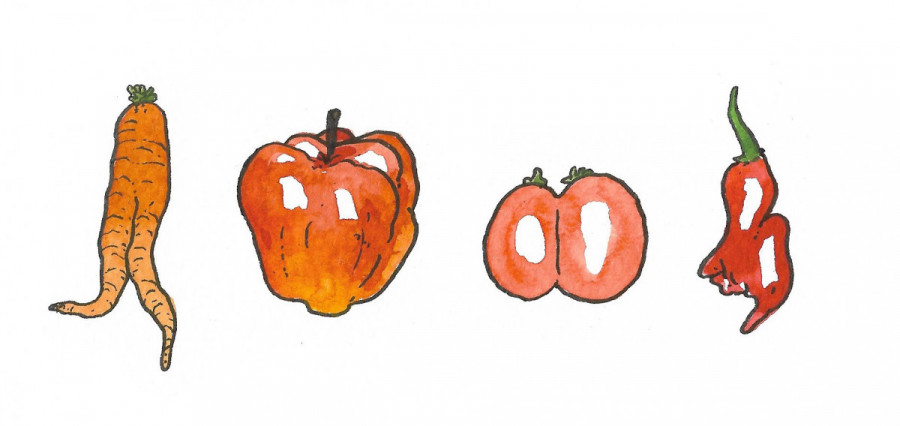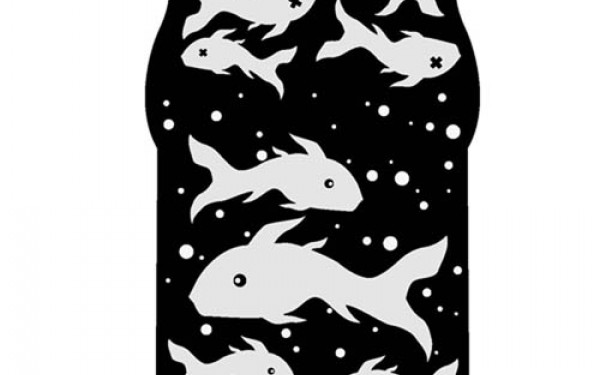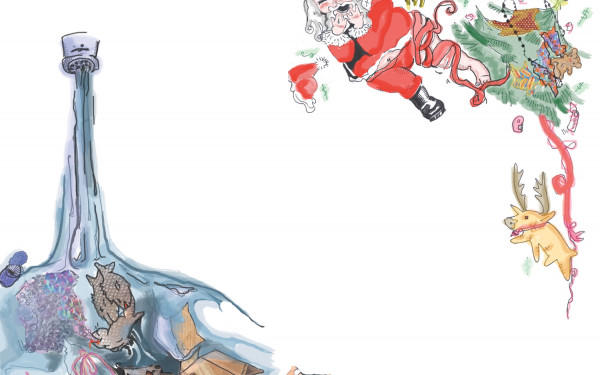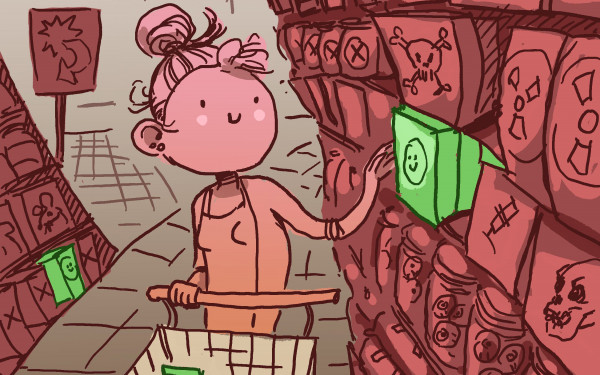How can grocers play a role in reducing food waste?
Research says that reducing food waste in groceries starts with advertising
A recent study showed that suboptimal food can be more interesting for consumers either with a price reduction or with positive framing.
A recent study showed that suboptimal food can be more interesting for consumers either with a price reduction or with positive framing.
Suboptimal food has always been present in grocery stores but consumers tend to gravitate to aesthetic looking food. They are either ugly looking, close to their expiration date or even just shaped differently.
With the trend for social responsibility amongst businesses and the desire of consumers to reduce their impact on the environment, grocers can now access ways to sell suboptimal food, thus, becoming an important part of a zero-waste objective.
According to Benedikt Jahnke, one of the authors of the study, grocers play an important role in convincing the consumers and producers who contribute to the food chain production to reduce their food waste. “The methods that we found out [about] can make a difference, but the problem is not the retailer. Food waste in retail is quite low,” said Jahnke. The author refers to the methods as different techniques to sell suboptimal food like price discount, highlight the products’ naturalness, etc. “The most important part of the value chain is the consumers and the producers. The retailers are really important because the decision they make influences the food waste at the production level or in our households.”
According to Dr. Valériane Champagne St-Arnaud, a marketing professor from Université de Laval, “I recognize that this problem has many responsibilities like consumers but also retailers.”
Moreover, the study highlights that with the trend for social responsibility amongst businesses and the consumer’s desire to limit their impact on the environment, grocers are encouraged to access ways to sell suboptimal food, thus, becoming an important part of a zero-waste objective, highlights the study.
“It would be better to emphasize the normality of finding different shaped food, like it is on a farm, rather than advertising suboptimal products themselves”
The study also shows negative attitudes that consumers have towards abnormal food. According to Dr. Jahnke, the most significant barrier for consumers is the quality concerns towards ugly food. This introduces a viscous cycle as one of the suggested strategies by the study is to sell SF at a lower price. Cheaper products can also be seen as lower quality by customers, thus enhancing the dislike towards suboptimal food, according to Dr. Jahnke. “Poorer quality leads to poorer acceptance and leads to grocers not to offer them, thus creating a circle. Without price reduction, it would not work but at the same time, it’s a problem,” said Dr. Jahnke.
While the effectiveness of reducing the price of SF isn't universally accepted, grocery stores such as Maxi have been implementing this strategy since 2017. In that year, they announced their target of reducing food waste by 50 per cent before 2025.
To achieve this goal, they now offer a price reduction of 30 per cent to 50 per cent on products that are approaching their expiration date. Moreover, they launched their No Name’s Naturally Imperfect campaign, which sells smaller or differently shaped fruits and vegetables.
“The fruits and vegetables Naturally Imperfect are up to 30 per cent less expensive than ordinary fruits and vegetables offered in groceries and contributes to reducing farmers’ food waste,” said Johanne Héroux, senior director of corporate affairs and communications at Loblaws’ companies.
According to St-Arnaud, instead of talking about SF, we should be talking about food diversity. She said “in the long run, it would be better to emphasize the normality of finding different shaped food, like it is on a farm, rather than advertising suboptimal products themselves.” Although, she mentioned that Maxi’s strategy is an excellent transition to put into value the food waste problem and highlight it to consumers.


_600_832_s.png)




